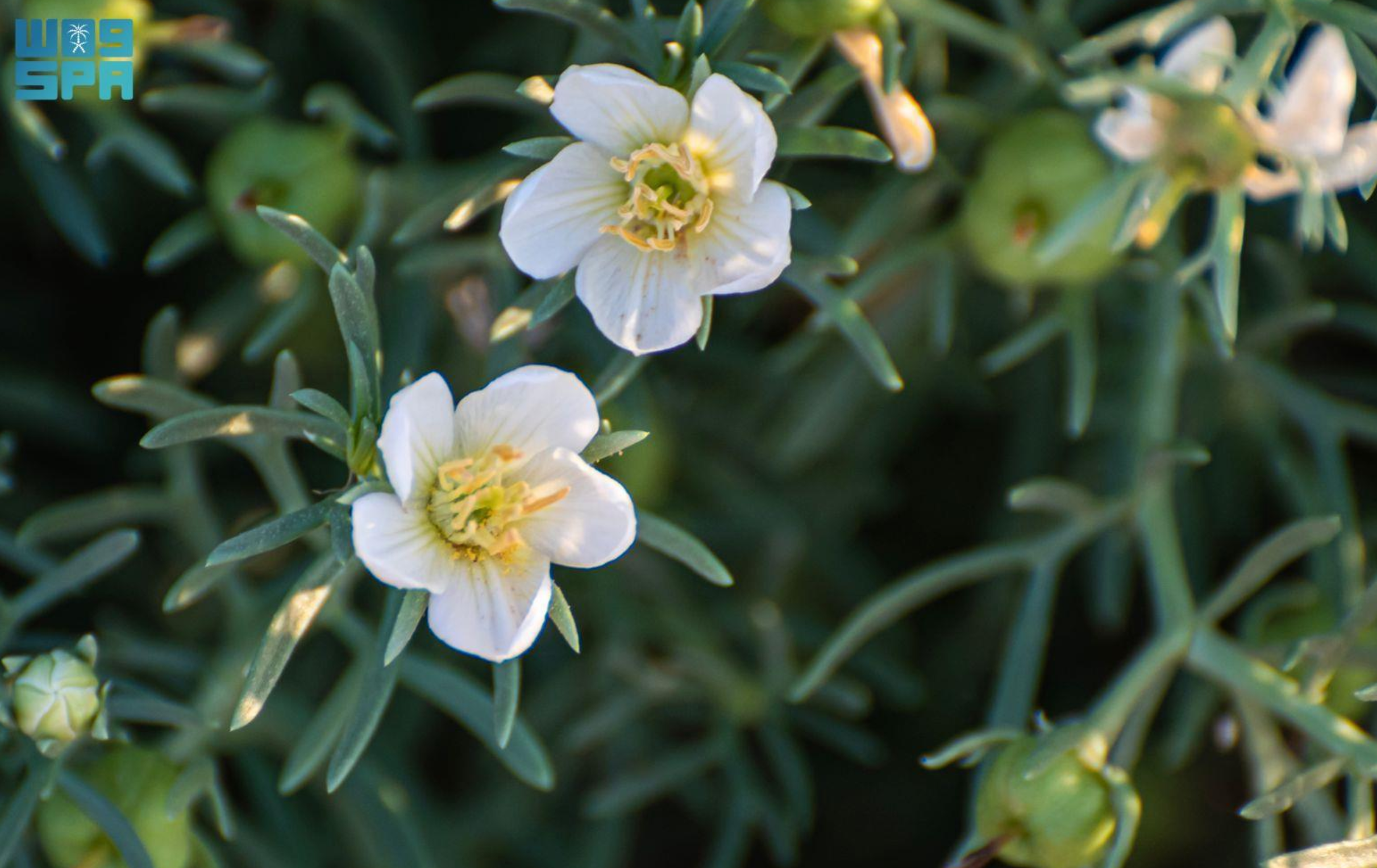
Harmal Plant: Reflection of Environmental, Cultural Diversity in Northern Borders Region
The harmal plant (Peganum harmala) is a prominent component of the natural vegetation in Northern Borders Region, thriving wild in dry, rocky environments and well-adapted to the area's harsh climatic conditions.
This plant is notable for its remarkable adaptability to arid environments, which makes it effective in stabilizing soil. However, its abundance in pastoral areas indicates overgrazing, as livestock tend to avoid it and consume other vegetation instead. In contrast, its presence is limited in protected areas where, in the absence of grazing pressure, it faces stronger competition from other plant species.
Recent studies, including those announced by the Heritage Commission, have shown that the use of the harmal plant dates back 2,700 years, highlighting its historical and cultural significance. Traces of its use were discovered at an archaeological settlement in the Tayma Oasis in the north of the Kingdom of Saudi Arabia, reflecting the plant’s enduring role in human life throughout the ages.
Relevant authorities are actively working to conserve local plants of environmental and cultural importance, including the harmal plant, through programs focused on monitoring, public awareness, and scientific documentation. These efforts aim to enhance the sustainability of the region’s vegetation cover and preserve its natural heritage for future generations.








